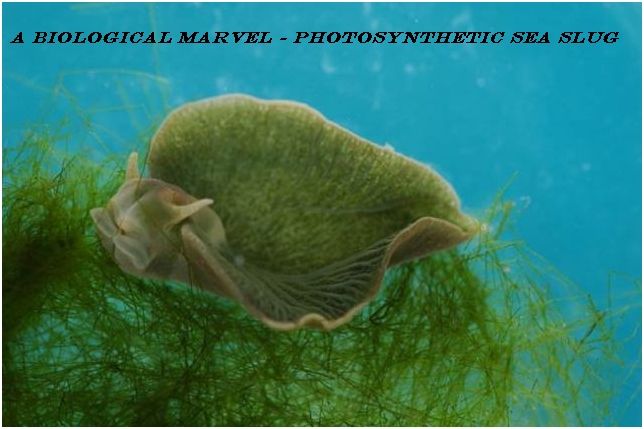Perl as Programming Language of Choice for Biologists!!
Posted on 28 October 2013
Why Biologists (Bioinformaticians or Bioinformaticists, if the scientific jargon is to be preferred) Prefer Perl?
I am a bioinformaticist, and love Perl over all other computer languages when it comes to programming in biology. This is not only my case, majority of the biologists prefer Perl for their bioinformatics’ tasks. Perl can be given the status of being the mainstay programming language in the field of Bioinformatics (sometimes known as Computational Biology). There must be some reasons why this is the case; actually there are some very strong points that favor the use of Perl in biology over the other lot of available programming languages. But, to be honest, at times, other computer programming languages can be of more benefit than Perl, at least for a specific task. If you are not acquainted with Perl, click here for, what the heck is Perl? In this article, I will explain why it is justified to consider Perl as programming language of choice for biologists, and for the sake of information, I would like to tell that even the non-biologists too prefer it much!


